June 11, 2017
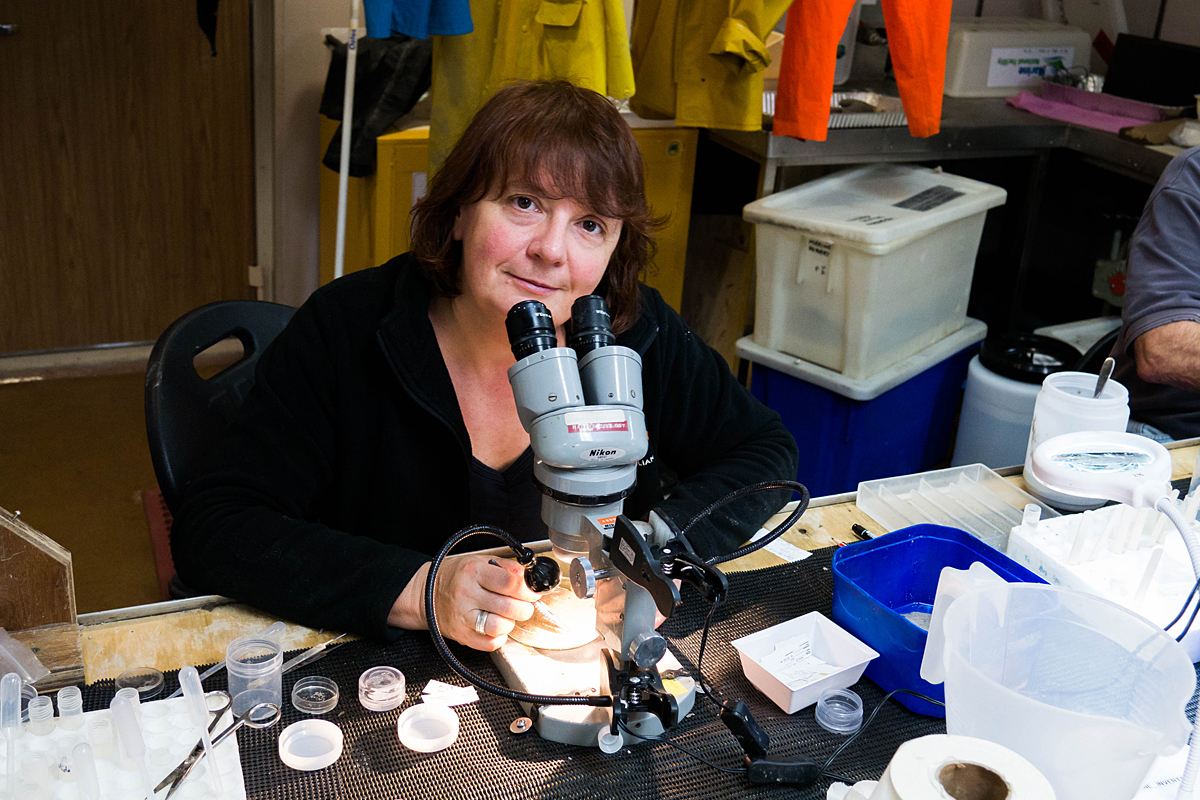
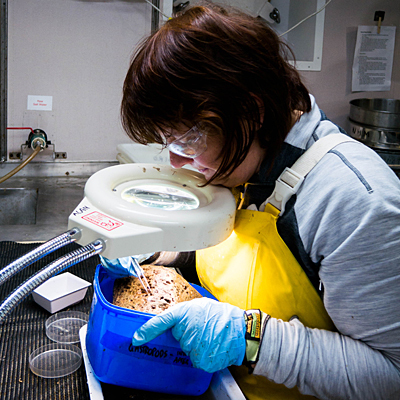
 Day 27: Elena Kupriyanova, Australian Museum Research Institute
Day 27: Elena Kupriyanova, Australian Museum Research Institute
Some animals may not be what they look like. Take, for example, a dolphin (still called a fish by many), or a sea cucumber (an echinoderm related to sea stars, brittle stars, sea urchins, and sea lilies). Some small sea cucumbers can be easily confused for marine worms.
Speaking of worms . . . Segmented marine worms (Annelida) have taken more than 500 million years to evolve into 10 000 species. This has given them plenty of time to adapt to every imaginable habitat: sandy intertidal flats, coral reefs, cold deep-sea trenches, abyssal plains, heated hydrothermal vents, open oceans, estuaries. And with this diversity of habitats comes a tremendous diversity of shapes, forms, and adaptation.
Calcareous tubeworms are unusual worms that have figured out how to live on hard substrates such as rocks, shells of other invertebrates, dead corals, or even embedded into live corals. To exist this way, they secrete protective calcareous tubes firmly attached to substrates, hide in them permanently, and stick out their colourful plume of radioles only to catch food. But there is a little problem: hard substrates can be hard to come by in the deep ocean. To counteract this problem, some tubeworms have evolved unattached tubes which allow them to crawl to the surface of muddy sediments and avoid being buried in silt.
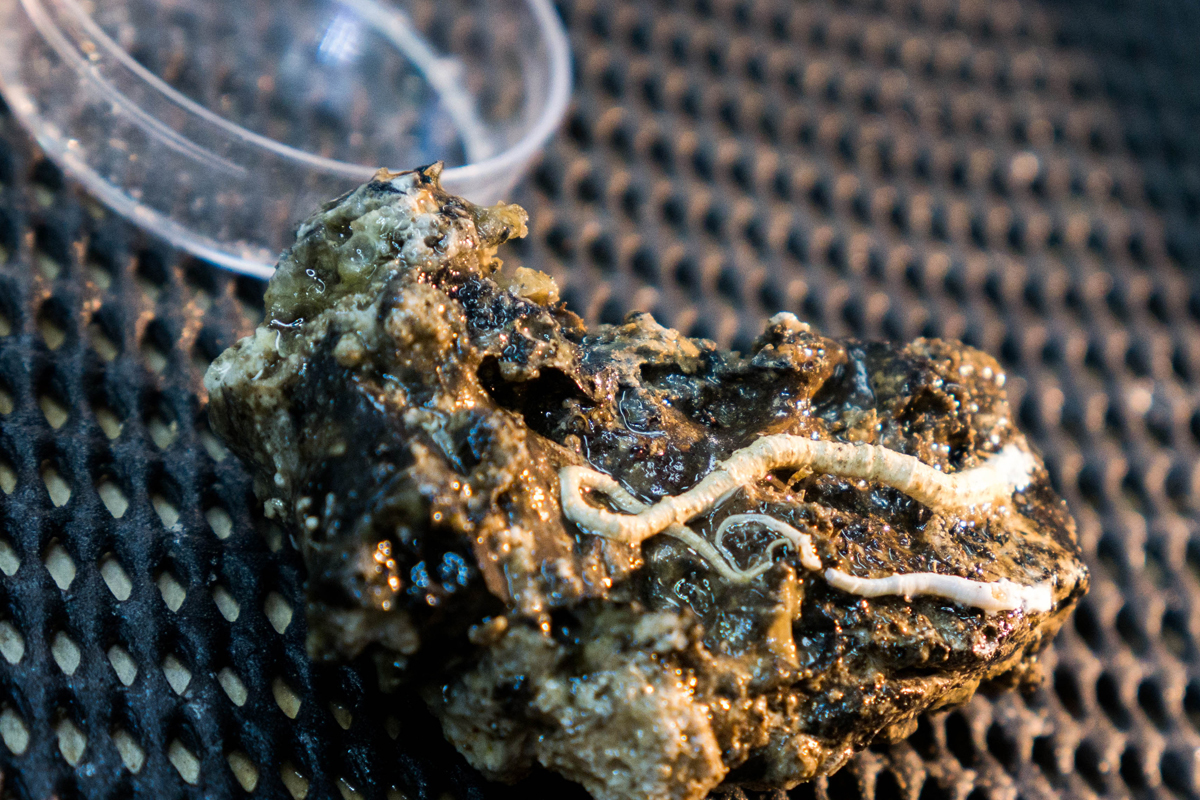
These free-lying tubes of worms are not always recognised as such. They suspiciously resemble the very characteristic tusk-shaped shells of scaphopods (marine molluscs that live in soft sediments). This striking resemblance has caused confusion in the identification of worms and molluscs, leading to a long-standing unresolved mystery of the deep-sea.
An enigmatic small tusk-shaped empty tube, with eight neat well-marked edges, was first collected in 1872 from an abyssal location in the North Atlantic's Labrador Sea. It was described, with some reservations, as Ditrupa groenladica, because of its similarity with a free-living calcareous tubeworm Ditrupa arietina, common in shallow water off northern Europe. But whether the owner of the tube was a worm or a mollusc remained unclear for more than 130 years. Then, in 2015, my colleague and I published a paper that finally illustrated the specimens of this species collected during the 20th Century and re-described them, unquestionably, as a tubeworm species Spirodiscus groenlandicus. Paradoxically, they were found from the abyss of North Atlantic (as expected) and from South-Western Indian Ocean off Madagascar (completely unexpected).
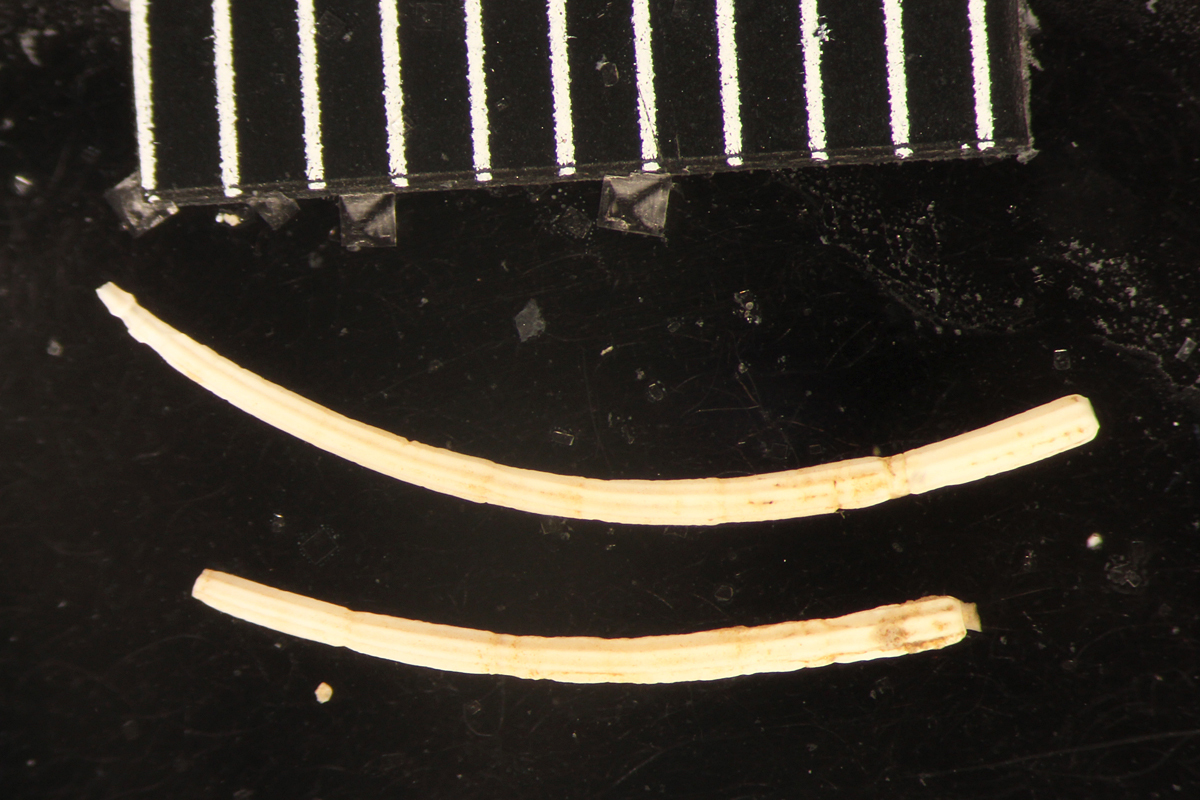
Until our voyage, however, another question remained: were these animals indeed rare, or common but overlooked denizens of the abyss? Our team on the CSIRO RV Investigator has now collected more specimens of S. groenlandicus from depths of 4000 metres off eastern Australia. The find suggests a wide distribution of the little mollusc-like worm. And for the first time, we have fresh material from which to extract and sequence DNA, enabling us to study its evolutionary adaptations in the deep-sea.
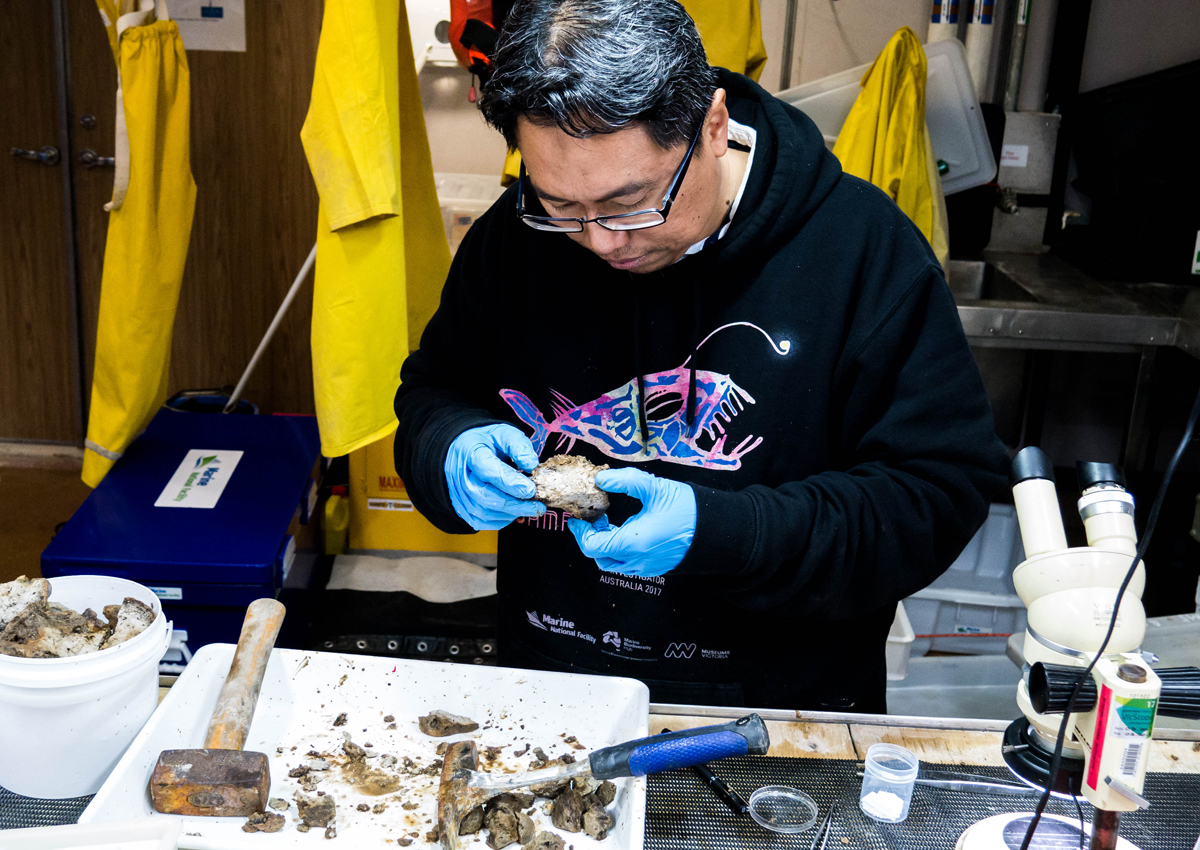
- Log in to post comments
